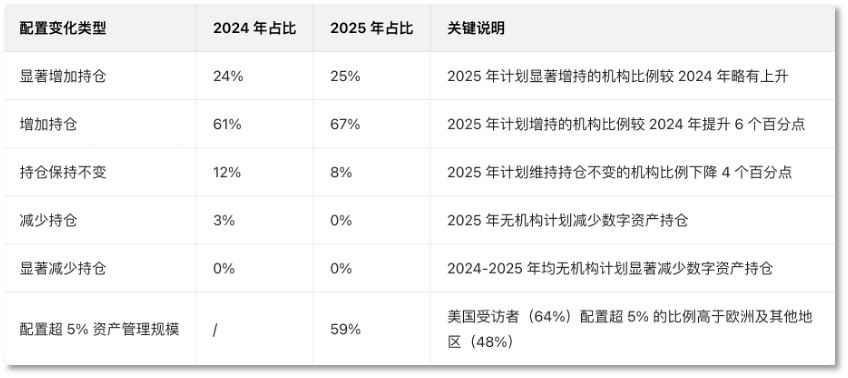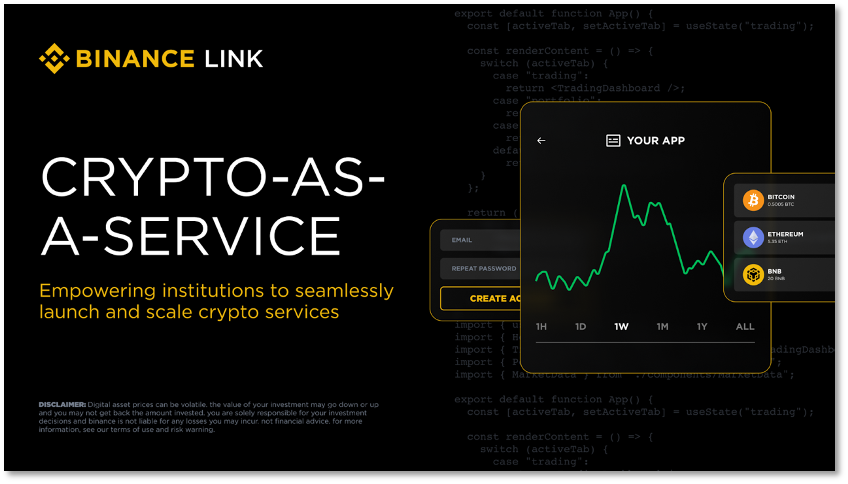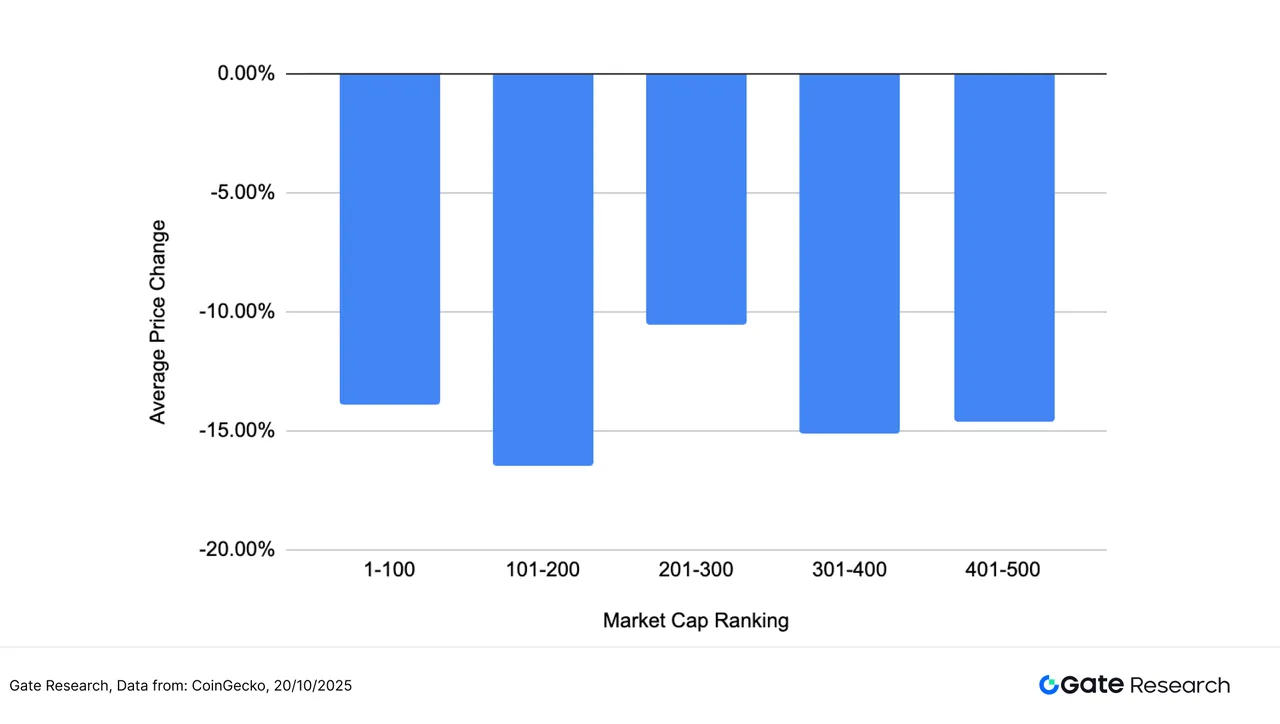Author: Luo Luo
Editor: Wen Dao
Recently, the globally renowned investment bank JPMorgan "plans to accept Bitcoin and Ethereum held by global institutional clients as loan collateral," a news that has once again been viewed by the crypto industry as an important indicator of "institutional recognition."
In fact, behind the surge in Bitcoin leading the crypto asset market in the first half of the year, institutional investors are an important "driving force." As ETH, SOL, and BNB have been included in the asset reserves of some listed companies and even used by multiple companies as treasury assets, the institutional market has once again shown strong incremental potential.
According to the "2025 Institutional Investor Digital Asset Survey Report" jointly released by Ernst & Young and Coinbase, influential institutional investors such as asset management companies, hedge funds, private banks, venture capital funds, and family offices have shown a strong interest in crypto assets. The report indicates that 86% of surveyed institutional investors already have exposure to digital assets and plan to further expand their allocation after 2025.
The entry of institutional investors is closely related to the progress of regulatory compliance for crypto assets in multiple jurisdictions. At the same time, top global crypto asset exchanges like Coinbase and Binance are also increasing and optimizing investment tools for institutional clients in order to firmly establish themselves in the "institutional bull" market.
Surge in Institutional Demand for Crypto Asset Investment
"Institutional demand drives record growth." In October 2025, the Chicago Mercantile Exchange Group (CME Group) disclosed in its third-quarter crypto asset market insight report that its crypto asset futures and options trading volume exceeded $900 billion, setting a historical high.
In the second half of this year, the globally renowned crypto asset trading platform Binance has accelerated the launch of multiple services aimed at institutional clients.
In July this year, Binance launched an institutional lending service, providing institutional clients with cross-collateral functions between spot, full-margin leverage, and unified accounts. Shortly thereafter, Binance announced that its Binance third-party custody service, designed for compliant institutions, would waive fees for pledged assets by the end of the year.
Starting from September 30, Binance's crypto-as-a-service (CaaS) solution for institutions will open early access to mature licensed banks, brokerages, and trading platforms.
A series of actions by Binance quickly responded to the current surge in institutional crypto asset allocation demand.
The "2025 Institutional Investor Digital Asset Survey Report" shows that 59% of institutional respondents plan to allocate more than 5% of their asset management scale to crypto assets; institutional allocations are not limited to holding mainstream crypto assets like Bitcoin (BTC), Ethereum (ETH), Ripple (XRP), and Solana (SOL), but will also delve into staking, lending, derivatives, and other DeFi scenarios, with 57% of respondents including tokenized assets in their "planned allocations" to achieve portfolio diversification.

Quarterly Changes in Institutional Crypto Asset Allocation
Currently, traditional asset management companies and hedge funds are the most mainstream and largest category of institutional clients.
According to public information, hedge funds such as Bridgewater and Renaissance Technologies have already incorporated crypto assets as part of their global macro strategies to hedge against fiat currency depreciation or to include them in new asset classes; multi-strategy hedge funds like Millennium Management may trade crypto assets for early returns.
Investment banks and asset management institutions like Goldman Sachs and JPMorgan have begun to offer crypto asset derivatives such as futures, options, and swap trading for institutional clients, executing large trades on exchanges on behalf of clients; BNY Mellon and State Street have entered the digital asset custody service market.
As described by Catherine Chen, head of Binance VIP and institutional business, "The demand for digital assets is growing faster than ever, and traditional financial institutions can no longer sit on the sidelines. However, building a crypto asset service system from scratch is both complex and costly, and carries significant risks. Therefore, we created 'Crypto Asset as a Service' — a reliable, ready-to-use infrastructure solution for institutions."
As early as May 2018, the American crypto asset trading platform Coinbase began launching products aimed at institutional investors, claiming that "over 100 hedge funds have announced plans to trade and invest in crypto assets," indicating that institutional clients' interest in digital assets has existed since seven years ago. Coinbase also launched an institutional-grade custody service platform at that time and has since added products tailored for institutions.
Undoubtedly, top crypto asset trading platforms like Coinbase and Binance have become important bridges between traditional finance and the new finance of digital assets.
For trading platforms at the top of the crypto asset industry chain, gaining widespread recognition from institutional clients not only means a large custody scale and trading volume but also signifies that the emerging finance supported by blockchain can be widely adopted.
How Does Binance Build Institutional Trust?
To win the favor of asset management companies, hedge funds, and banks, exchanges must meet the needs of institutions.
The "2025 Institutional Investor Digital Asset Survey Report" shows that the top three reasons institutions are willing to allocate to crypto/digital assets are "higher returns than other asset classes" (59%), "investing in innovative technologies" (49%), and "hedging against inflation" (41%); while the main concerns include regulatory uncertainty (52%), volatility (47%), and asset custody security (33%).
It is evident that compliance and security remain the most concerning factors for institutions entering the crypto asset space, and they are the primary trust issues that crypto asset trading platforms must address when onboarding institutional clients.
In the projected $3.28 billion global custody market, not all platforms can provide genuine institutional-level security guarantees and clear regulatory support, making licensed and compliant institutional custody services crucial.
Currently, top custody institutions such as Anchorage Digital, BNY Mellon, and Sygnum Bank possess strong regulatory protections, including OCC, NYDFS, and FINMA licenses, as well as comprehensive audits from globally renowned accounting firms, making them the preferred custody institutions for hedge funds, mainstream brokerages, liquidity providers, and fintech companies.
When building its institutional client service system, Binance prioritized addressing compliance and security needs. As early as December 2023, Binance launched the first bank tri-party cooperation model in the cryptocurrency exchange industry, allowing investors to store trading collateral outside the exchange while continuing to trade seamlessly on the Binance platform. Among them, Sygnum Bank is one of Binance's tri-party banking partners. This digital banking group holds a Swiss banking license and has CMS and major payment institution licenses in Singapore, collaborating with Binance to provide custody and trading services for hedge funds, brokerages, and other institutional clients.
In July, Binance began supporting tokenized real-world assets (RWA), such as USCY and cUSDO, allowing institutional clients to hold these yield-generating tokenized assets through third-party banking partners in addition to traditional collateral like fiat currency and government bonds.
In August this year, according to the Financial Times, Spanish bank BBVA also reached a tri-party banking agreement with Binance, allowing clients to store their digital assets in accounts outside the crypto asset exchange, increasing asset security custody options. Under the new structure, BBVA will custody client funds in the form of U.S. Treasury bonds, while Binance will accept these bonds as trading collateral.
This structure follows the long-adopted model in traditional financial markets, significantly reducing counterparty risk. By separating custody from execution, institutions can better coordinate crypto asset management with internal risk control and external compliance requirements, without needing to share assets or lose control.
While building trust through security, Binance has also developed a comprehensive range of products to meet the trading needs of VIPs and institutions, including block trading services, derivatives, institutional lending, and more.
By September this year, Binance launched the "Crypto Asset as a Service" (CaaS) solution, attempting to capture more traditional institutional clients from an experiential perspective.

Binance Launches CaaS Solution
The Binance CaaS solution is designed for regulated large financial institutions planning to enter the crypto asset market on a large scale, seamlessly integrating multiple functions such as trading, liquidity acquisition, custody, compliance, and settlement into the institutions' own platform systems, thus eliminating the high costs and technical burdens of developing complex infrastructure from scratch.
Compared to other service providers in the industry, the core innovation of Binance CaaS lies in its combination of Binance's global order book access capabilities with the institution's internal liquidity, allowing institutions to match orders directly among their own clients at "best price matching."
This efficient use of internal liquidity not only significantly enhances trading efficiency and reduces costs but, more importantly, due to the deep integration with Binance's underlying infrastructure, even if the internal order scale of the institution is limited, it can still directly access Binance's global spot and futures markets, achieving a consistent execution experience and tight spread performance.
Public data shows that as of now, the number of registered institutional clients at Binance has increased by 97% year-on-year, with an average daily trading volume reaching $88 billion. Binance's emphasis on institutional clients is not only driven by market share considerations but is also closely related to its long-term strategic goal of promoting "financial inclusivity."
Binance CEO Richard Teng stated that driving the large-scale adoption of crypto assets requires not only a sound regulatory and compliance system but that institutional adoption is becoming a key driving force. "Think about foreign exchange, commodities, stocks, and bonds; it always starts with institutional adoption, then moves to corporations, high-net-worth individuals, and finally retail investors."
He pointed out that since last year, the industry has undergone a dramatic change — the U.S. was the first to approve crypto asset ETFs, followed by approvals around the world. "Ultimately, it gives crypto assets the credibility they deserve, and we have seen a sharp increase in adoption. Fidelity, BlackRock, Charles Schwab, and even JPMorgan have transformed from skeptics of crypto assets to believers, offering crypto products. So, the institutional wave is coming."
_ (Disclaimer: Readers are advised to strictly comply with local laws and regulations; this article does not constitute any investment advice.) _
免责声明:本文章仅代表作者个人观点,不代表本平台的立场和观点。本文章仅供信息分享,不构成对任何人的任何投资建议。用户与作者之间的任何争议,与本平台无关。如网页中刊载的文章或图片涉及侵权,请提供相关的权利证明和身份证明发送邮件到support@aicoin.com,本平台相关工作人员将会进行核查。




